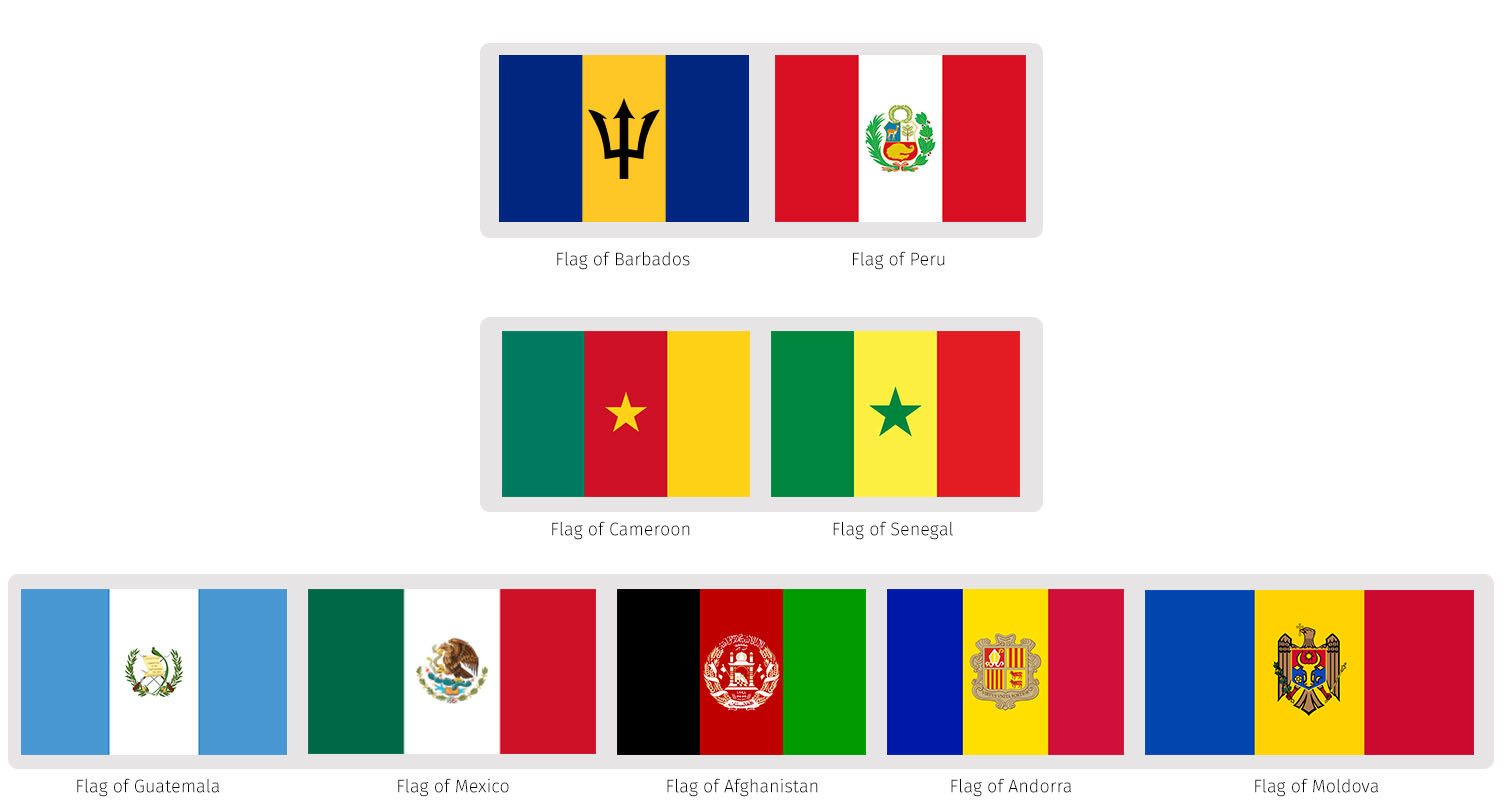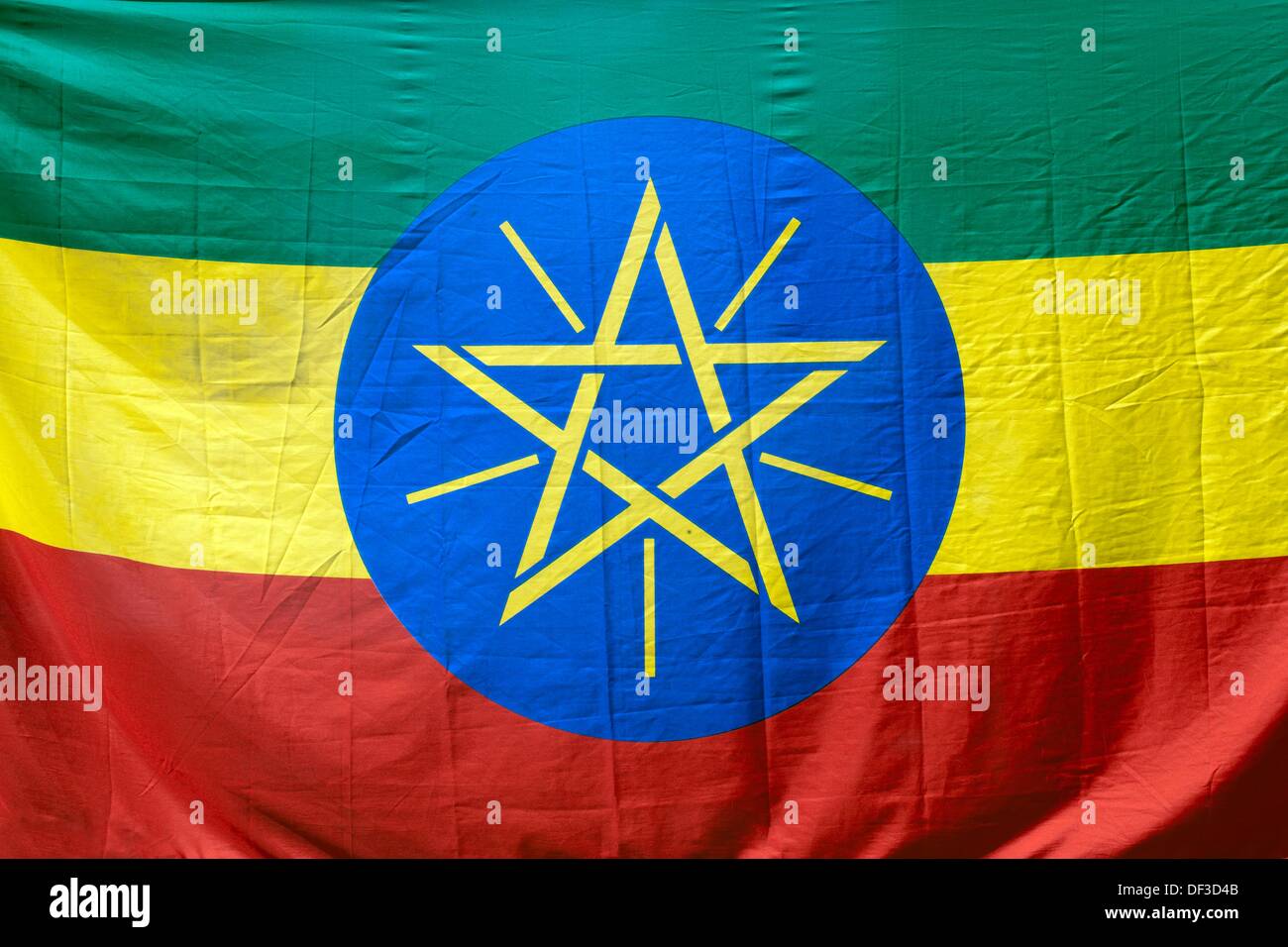What Flag Is Red Yellow And Green? Discover The Rich Symbolism And History Behind These Vibrant Colors
Have you ever seen a flag with red yellow and green colors and wondered what it represents? These striking hues carry deep cultural and historical significance that goes far beyond just aesthetics. Flags aren't just pieces of cloth—they're powerful symbols of identity, unity, and heritage. In this article, we'll dive into the fascinating world of flags featuring these colors and uncover the stories behind them.
Red yellow and green isn't just a random color combination. It's a palette steeped in meaning, resonating with millions around the globe. From Africa to the Caribbean, these colors tell stories of struggle, resilience, and hope. Whether you're a history buff, a flag enthusiast, or simply curious about world cultures, this article has something for you.
By the end of this journey, you'll not only know which flags feature red yellow and green but also understand why these colors matter. Let's unravel the mysteries of these vibrant colors and explore their impact on global culture. So buckle up, because we're about to embark on a colorful adventure!
Understanding the Symbolism of Red Yellow and Green
Before we delve into specific flags, let's take a moment to appreciate the symbolism behind red yellow and green. These colors aren't chosen randomly—they carry deep meanings that resonate across cultures. Red often symbolizes blood, sacrifice, and courage. Yellow represents wealth, sunshine, and prosperity. Green stands for nature, fertility, and hope.
Historically, these colors have been associated with Pan-Africanism, a movement advocating for the unity and liberation of African peoples worldwide. The combination first gained prominence in the early 20th century through the efforts of Marcus Garvey and his Universal Negro Improvement Association (UNIA).
Today, red yellow and green continue to inspire pride and solidarity among communities around the globe. But what flags exactly feature these colors? Let's find out!
Flags Featuring Red Yellow and Green
Several national flags proudly display the red yellow and green color scheme. Among the most notable are Ethiopia, Ghana, and Jamaica. Each of these countries has its own unique story behind the choice of colors, reflecting their history and values.
Ethiopia: The Birthplace of Red Yellow and Green
Ethiopia is often credited as the originator of the red yellow and green color scheme. Its flag first adopted these colors in 1897, making it one of the oldest tricolor flags in the world. The green represents the land, the yellow symbolizes peace and harmony, while the red signifies strength and valor.
Interestingly, Ethiopia's flag has inspired many other African nations to adopt similar color schemes, cementing its status as a cultural icon.
Ghana: A Beacon of Independence
Ghana's flag, adopted in 1957, features red yellow and green with a black star at the center. The red represents the blood shed during the struggle for independence, the gold symbolizes the country's mineral wealth, and the green stands for its rich forests and natural resources.
The black star is a nod to Pan-Africanism and Ghana's role as one of the first African nations to gain independence from colonial rule.
Jamaica: A Unique Twist
Jamaica's flag stands out among red yellow and green flags by incorporating black into its design. Adopted in 1962, the flag features a diagonal cross of gold dividing the flag into four triangles: black on top and bottom, and green on the sides.
The gold represents the nation's wealth, the black symbolizes the strength and creativity of the people, while the green stands for hope and agricultural richness.
The Cultural Impact of Red Yellow and Green
The influence of red yellow and green extends far beyond national flags. These colors have permeated various aspects of global culture, from music to fashion to art. Reggae music, particularly through Bob Marley's global success, has played a significant role in popularizing these colors worldwide.
Rastafarianism, a spiritual movement originating in Jamaica, also embraces red yellow and green as part of its identity. The colors represent the movement's values of resistance, empowerment, and connection to African roots.
Today, you'll find red yellow and green proudly displayed in festivals, clothing, and even corporate branding. Their universal appeal lies in their ability to convey powerful messages of unity and resilience.
Historical Significance of Red Yellow and Green Flags
The adoption of red yellow and green in national flags wasn't arbitrary. These colors carry centuries of historical significance, particularly in the context of African and Caribbean history.
Pan-African Movement
The Pan-African movement, which sought to unite people of African descent worldwide, played a crucial role in popularizing these colors. Marcus Garvey, a Jamaican political activist, introduced the red black and green flag in 1920 as a symbol of African identity and pride.
While the original design included black, the red yellow and green variation gained prominence in subsequent years, becoming synonymous with African nationalism.
Colonial Legacy and Liberation
Many African nations adopted red yellow and green flags during their independence movements in the mid-20th century. These colors served as powerful symbols of resistance against colonial oppression and a celebration of newfound freedom.
For instance, when Ghana gained independence in 1957, its leaders deliberately chose red yellow and green to honor the Pan-African movement and assert their cultural identity.
Modern Interpretations of Red Yellow and Green
In contemporary times, red yellow and green continue to inspire creativity and innovation. Designers, artists, and activists frequently incorporate these colors into their work, finding new ways to express their cultural heritage.
Art and Fashion
From runway shows to street art, red yellow and green have become staples in modern creative expressions. Fashion designers often use these colors to pay homage to African and Caribbean cultures while adding a contemporary twist.
Artists, too, draw inspiration from these hues, creating vibrant works that explore themes of identity, history, and community.
Corporate Branding
Several companies have successfully integrated red yellow and green into their branding strategies. These colors convey messages of authenticity, sustainability, and cultural connection, appealing to diverse audiences worldwide.
For example, eco-friendly brands might use green to highlight their commitment to environmental responsibility, while food companies might use yellow to evoke feelings of warmth and hospitality.
Comparing Red Yellow and Green Flags
While Ethiopia, Ghana, and Jamaica are the most prominent users of red yellow and green flags, other nations have also adopted similar color schemes. Let's compare how these countries interpret and incorporate these colors:
- Ethiopia: Green-yellow-red vertical tricolor with a central blue circle featuring a yellow pentagram
- Ghana: Red-yellow-green horizontal tricolor with a black star in the center
- Jamaica: Gold diagonal cross dividing the flag into green and black triangles
- Malawi: Black-green-red horizontal tricolor with a rising sun in the upper hoist-side corner
- Kenya: Black-red-green horizontal tricolor with white fimbriation and a central Maasai shield and spears
Each of these flags tells a unique story about its nation's history, values, and aspirations. Despite sharing similar colors, they manage to convey distinct identities through their designs.
Fun Facts About Red Yellow and Green Flags
Here are some interesting tidbits about flags featuring red yellow and green:
- Ethiopia's flag is the only one in the world that uses these colors without any other hues
- Ghana's flag was designed by Theodosia Okoh, a pioneering female artist and educator
- Jamaica's flag is unique in that it doesn't share its design with any other national flag
- Red yellow and green are often referred to as the "Pan-African colors" due to their widespread use across the continent
- Bob Marley's tomb features a large red yellow and green flag, symbolizing his legacy and influence
Conclusion: Embracing the Power of Red Yellow and Green
In conclusion, flags featuring red yellow and green carry profound meanings that transcend borders and cultures. From Ethiopia's historic tricolor to Jamaica's distinctive design, these flags tell stories of struggle, triumph, and hope.
As you've learned throughout this article, the symbolism behind these colors runs deep. They represent not just nations but also movements, identities, and aspirations. Whether you're admiring a flag during a national ceremony or spotting these colors in everyday life, remember the rich heritage they embody.
We invite you to share your thoughts and experiences with red yellow and green flags in the comments below. Have you ever traveled to a country with such a flag? Do you have a favorite design? Let's keep the conversation going and celebrate the power of these vibrant colors!
Table of Contents
- Understanding the Symbolism of Red Yellow and Green
- Flags Featuring Red Yellow and Green
- The Cultural Impact of Red Yellow and Green
- Historical Significance of Red Yellow and Green Flags
- Modern Interpretations of Red Yellow and Green
- Comparing Red Yellow and Green Flags
- Fun Facts About Red Yellow and Green Flags
- Ullu Web Series Your Ultimate Guide To Watching More
- Bollyflix Guide Access Alternatives Bollywood Updates Watch Now

Green yellow red flag blue circle atlasmine

Green yellow red flag alpinehety

Red green yellow flag hires stock photography and images Alamy